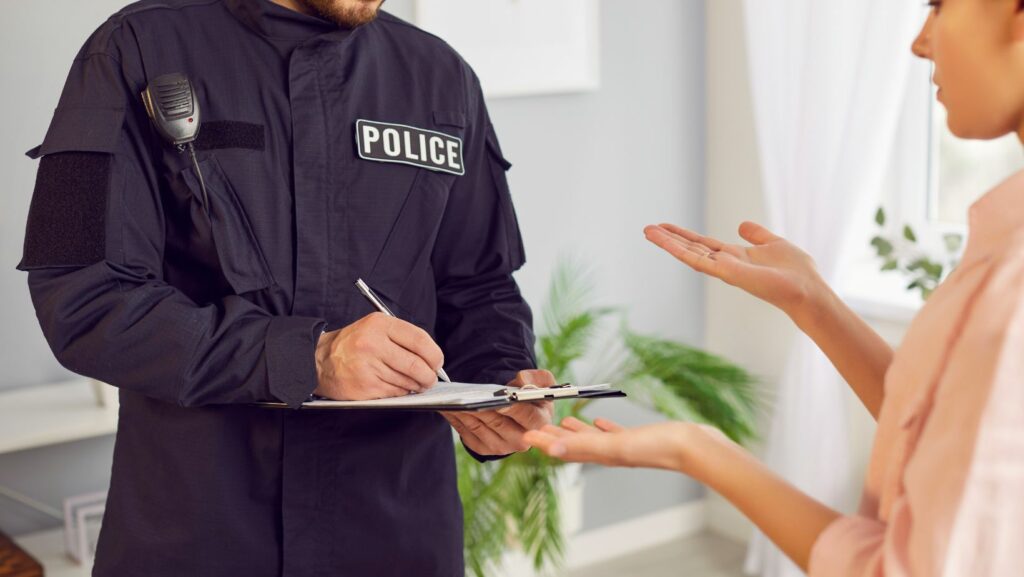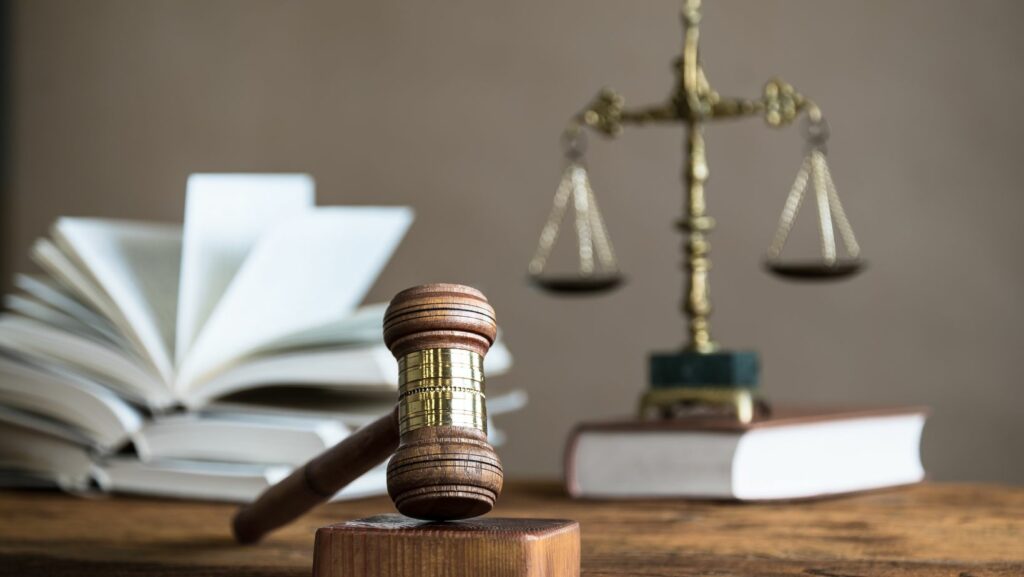Getting into a car accident can shake you. You might feel scared or confused. But knowing what to do next can help. First, ensure your safety and the safety of others. Move to a safe spot if possible. Then, check for injuries. Call for help if anyone is hurt. Contact law enforcement to report the accident. While waiting, document the scene. Take photos and jot down details. Exchange information with the other driver. This includes names, phone numbers, and insurance details. Avoid discussing fault. Stay calm and focused. Once everything is settled on scene, reach out to experts for guidance. Contact Quinn Law Group for legal advice. They can walk you through your rights and options. Remember, it’s not just about vehicle damage. Protect yourself from potential legal or financial troubles. Taking these steps can make a tough situation more manageable.
Stay Safe and Secure the Scene
Immediately after the accident, your main concern is safety. If you are in a busy location, move your car to the side of the road if it’s safe to do so. Turn on your hazard lights to alert other drivers. This simple action prevents further accidents and injuries.
Assess Injuries and Call for Help
Check for injuries. If anyone, including yourself, appears injured, call emergency services right away. Even if injuries seem minor, it’s crucial to get medical attention. Some injuries might not be immediately apparent.
Inform the Authorities
Contact the police, even if the accident is minor. A police report can be vital for insurance claims. Provide officers with accurate details of the incident. Do not speculate or guess. Stick to the facts.
Gather Information
While waiting for authorities, collect information. This includes:
- Driver’s license numbers
- Insurance information
- Vehicle registration details
- Contact information
Document the Scene
Use your phone to take photos of the scene. Capture vehicle damage, license plates, and road conditions. Take pictures from multiple angles. This documentation serves as evidence for claims and legal processes.

Consider referencing guidelines from the U.S. Government Services for thorough documentation tips.
Comparison of Actions for Minor vs. Major Accidents
|
Action |
Minor Accident |
Major Accident |
|
Move Vehicles |
Yes, if safe |
No, wait for authorities |
|
Call Police |
Yes |
Yes, immediate |
|
Document Scene |
Essential |
Crucial |
|
Exchange Information |
Yes |
Yes, when safe |
Notify Your Insurance Company
After leaving the scene, contact your insurance company promptly. Provide them with the details and documentation you gathered. They will guide you through the claims process.
Seek Medical Attention
If you didn’t receive immediate medical attention at the scene, visit a doctor as soon as possible.

Some injuries, like whiplash, might not be felt immediately but can have long-term effects.
Understanding Your Rights
Accidents can lead to legal complications. Understanding your rights is crucial. Reach out to legal experts like Quinn Law Group for advice. They offer guidance on what steps to take if disputes arise. Remember, staying informed protects you.
Emotional Well-Being
Car accidents can be traumatic. Take time to care for your emotional health. Talk to family or friends about your experience. If needed, seek professional counseling.
Preparation for the Future
Finally, evaluate your readiness for future incidents. Make an emergency kit for your car. Include essentials like a first-aid kit, flashlight, and emergency contact numbers. Being prepared can ease stress during unexpected events.
By following these steps, you ensure safety and protect your rights. Navigating the aftermath of a car accident is challenging but manageable with the right approach and resources.



